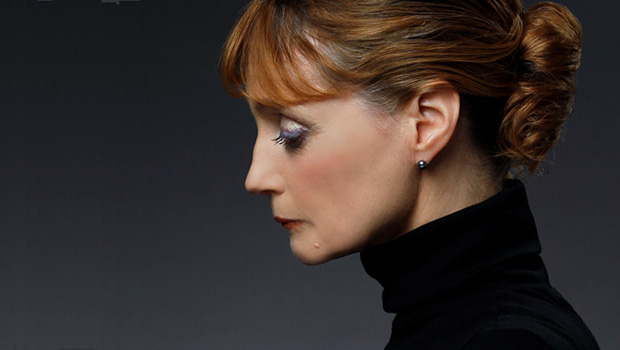
© Paul Kolnik. (Click image for larger version)
Suzanne Farrell Ballet website
Latest Kennedy Center season: Nov 7 – 11, 2012
Interview by Eric Taub for Balletco in 2006
“It’s very special to dance. And it’s even more special to dance a Balanchine ballet” – so says Suzanne Farrell, really summing up, in soft, measured tones, her life’s work.
The legendary American ballerina and muse of George Balanchine, Farrell has indeed dedicated her life to preserving and promoting the legacy of her mentor. Even thirty years after his death Balanchine still has a major presence in her life.
As a dancer Farrell was virtually peerless and hailed as “the most influential ballerina of the late 20th century.” For most of her career, which had span for nearly thirty years, she danced for Balanchine at New York City Ballet. Theirs was the greatest artistic collaboration formed by a dancer and a choreographer in the history of ballet. Balanchine created nearly thirty works specifically for her – most of them are masterpieces.
After she retired from NYCB in 1989, she went on staging Balanchine ballets for companies around the world. (Remarkably, she staged her first ever Balanchine ballet, Scotch Symphony, at Balanchine’s alma mater, St. Petersburg’s Mariinsky Ballet (then Leningrad’s Kirov).)
Currently she is the Kennedy Center’s Artistic Advisor for Ballet and artistic director of her own ballet company, The Suzanne Farrell Ballet. Her troupe is a unique enterprise, sponsored by the Kennedy Center. This chamber-size company – there are 27 members, including apprentices – operates on a part-time basis and the dancers are usually “on loan” from various regional ballet groups.
Embarking upon its 11th season, the Farrell Ballet brings to the Kennedy Center two exciting Balanchine programs in the second week of November. During our conversation, Ms. Farrell and I talked about her company and the upcoming new season.
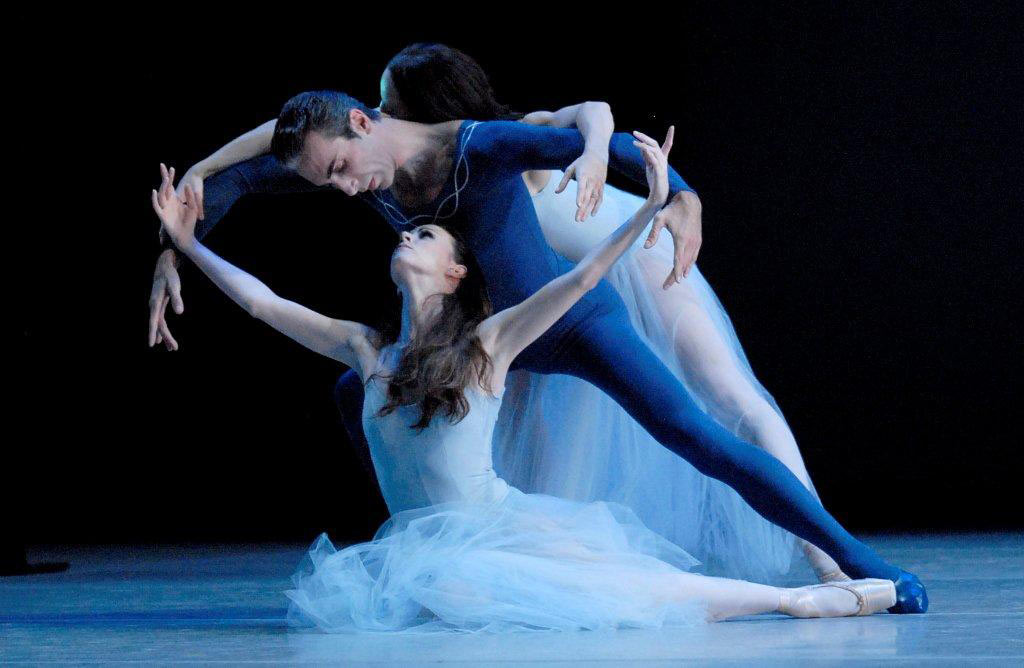
© Linda Spillers. (Click image for larger version)
You have had a legendary career as a dancer. Back then, did you ever think that one day you would be running your own company?
No, I never really thought I’d have my own company. When you are a dancer you only think of your life as a dancer, and you think that when you quit dancing you’ll have a completely different kind of life. But ballet has been good to me. I have always enjoyed dancing and I have always enjoyed being in a studio. It prolonged my life as a dancer to have a company.
What are the main challenges and rewards of being artistic director of your own company?
I suppose the main challenges are just that you are responsible, and you have to do everything. I don’t mind that (laughs). Mr. Balanchine was like that. If you really care, you have to care all the time. When you are a dancer you only have to worry about yourself. There are so many aspects in ballet that you don’t even think of when you are a dancer. When you are a director you have to care about every one of your dancers, as well as make decisions on costumes, repertoire, and casting. I like that – it keeps me in touch with everything that’s going on with the company. But it does get to be an all-day-all-night kind of thought process.
A company is only as good as its dancers – when you audition dancers what are you looking for?
I look for dancers who are moved by the music, who allow the music to affect them. Music was so important to Mr. Balanchine. And it was music that made me want to dance. So I look for dancers who have an awareness and love and good sensibilities toward music. They should also be able to learn quickly: we have a very short rehearsal period in which we have to get all the ballets together. I also look for dancers who enjoy working. We are a small company, so everyone does everything; and that’s wonderful. Because of the short careers of most dancers, they should want to be on the stage and dance as much as possible.
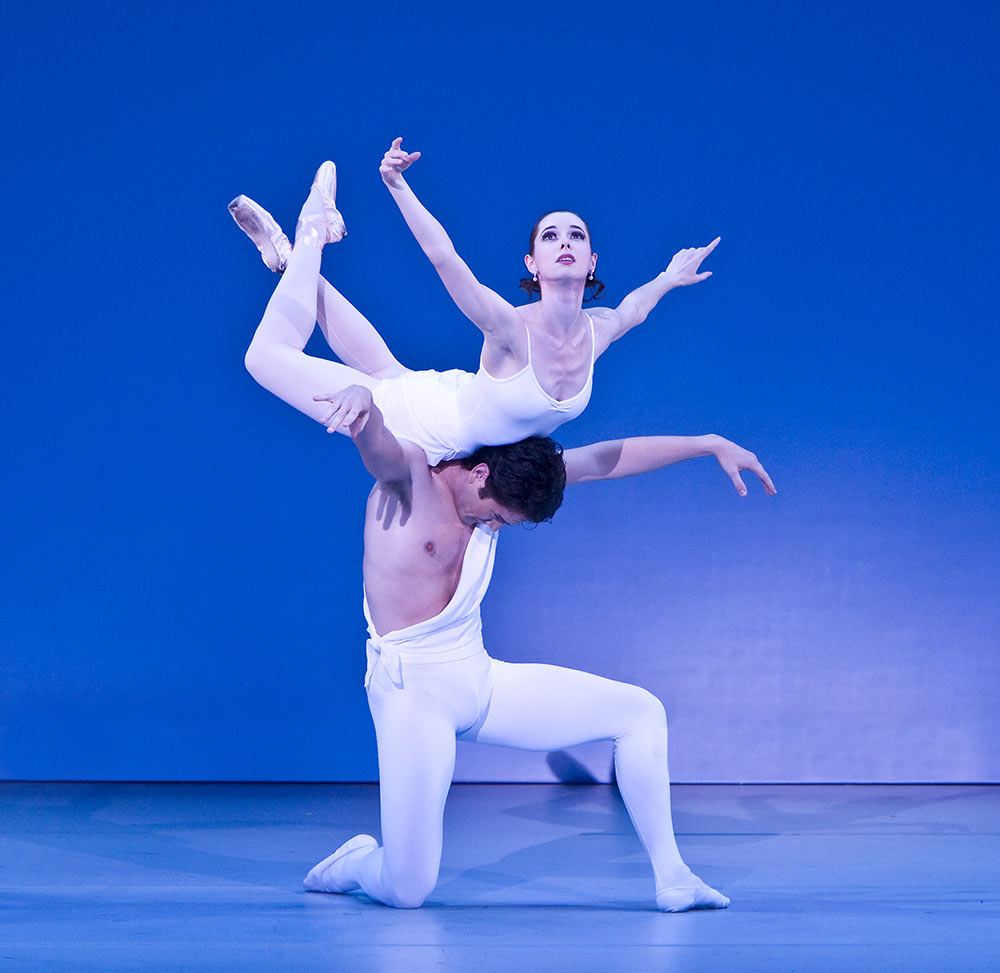
© David Bazemore. (Click image for larger version)
Your staging of Balanchine’s ballets is unique. What is your secret?
I haven’t found it out yet (laughs). I think part of my secret is my love for ballet.
I’ve danced many ballets. Some of them were made for me. It gives me pleasure to know what it was like to dance these ballets and it gives me pleasure to pass them on to the dancers. I remember myself saying to Mr. Balanchine once after a performance, “Oh, these ballets are so wonderful to dance. It’s such a pity you never got to dance your own works.”
I still enjoy being in a classroom. I still enjoy the work process. I enjoy the discovery process. Many of the dancers come from different backgrounds, but we have to look like we have been dancing together for years, and years, and years. That’s why I teach class and give my dancers all the information that I’ve learned. Maybe they can’t apply it right away. But one day they’ll say, “Oh, that’s what she meant!” or, in time, they will be able to take on all these suggestions in addition to having their own freedom to interpret. That was also very much a quality of Mr. Balanchine: to trust the dancer. Every dancer is different: some are faster than others, some are better at adagio, some like to turn. I have to know my dancers and then also help them get better.
Your company has a unique repertoire. What inspires and guides you in choosing it?
I always like to have a repertoire that is interesting musically. I like to challenge and satisfy the dancers and the audience with different types of music, styles, and visual looks. I like to have a repertoire that furthers and nurtures my dancers, a repertoire in which they can grow. And then, of course, since we are a small company I have to make sure that I have enough men for a particular ballet, or enough women. I have to take a lot of visual and physical factors into consideration. It’s challenging, but it is also great fun; and, of course, Mr. Balanchine has so many masterpieces to choose from.
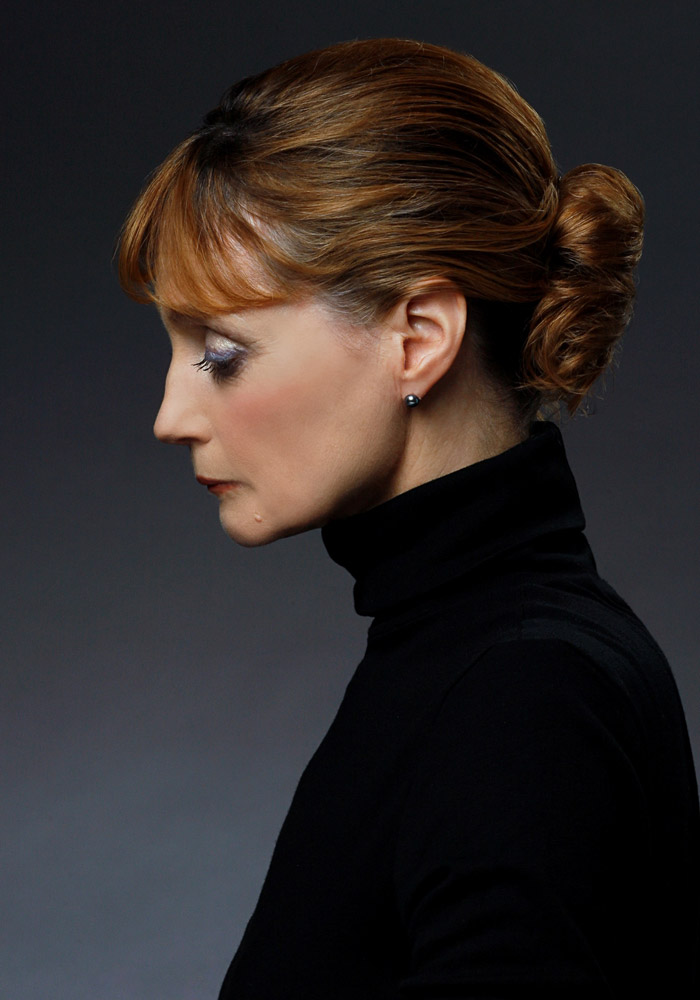
© Paul Kolnik. (Click image for larger version)
For the past 20 years, you have worked very hard to preserve Balanchine’s legacy. Why do you think it is important to ensure that as many Balanchine ballets as possible achieve longer lives?
Well, I think his ballets are the best (laughs). I enjoy looking at his ballets, and I think the dancers enjoy performing them. He did over 400 works. Unfortunately, many of them have been lost; yet in some cases maybe a pas de deux or other parts from a lost ballet are still around. That’s where the Balanchine Preservation Initiative comes in. When people discover a little bit of pottery from an archeological dig, it opens up the whole world of what life was like back than. Likewise, each of these little ballets or pieces of ballet show where Balanchine was at that point in his life, and where the world was. It opens up the whole world of ballets that younger audiences and younger dancers have never seen and danced. It’s like having Mr. Balanchine come back and choreograph for current dancers and audiences.
You are staging the Balanchine/Stravinsky Danses Concertantes under the auspices of the Balanchine Preservation Initiative. What makes this piece so special for you?
Well, it’s one ballet that I’ve never danced. As a young dancer, I premiered many of Stravinsky’s ballets, so I feel close to him and I like his challenging music. And because this ballet hasn’t been seen very much, I thought it would be fun for the dancers to perform it and wonderful for Washington audiences to see it. Most of the world has never seen this ballet, so it’s very exciting in that sense. It’s also the work of a very different Stravinsky – the Stravinsky from the 1940s. It was the work of a young Mr. B, too, so it has a different kind of format from Mr. B’s other Stravinsky’s ballets.

With the staging of Valse Fantasie, you are returning to Balanchine’s Glinkiana. In 2007, your company performed Divertimento Brillante from Glinkiana. What attracts you to it?
Mr. Balanchine choreographed several different versions of Valse Fantasie. The one we are doing is the most recent one, and the one he eventually preferred. It’s a very pretty little ballet with non-stop dancing. Divertimento Brillante was part of the Balanchine Preservation Initiative, so these two pieces are the only parts of Glinkiana that exist. I wish I could remember the other two parts to preserve, but I can’t – they are really lost.
The company had a very exciting premier this year – Balanchine’s 1929 masterpiece, Prodigal Son. What draws you to it?
Well, we’d never done this ballet and I always look for ballets that extend, enhance and nurture the dancers and the audience. It’s exciting to visit Mr. Balanchine at different stages of his life. He was only 24-25 when he choreographed this ballet, and look how long it’s lasted. It’s another masterpiece and it’s a story ballet. Many people think of Balanchine as being no-story-only-leotards; but here is this ballet that lasted so long and definitely tells a very poignant story.
I believe that every Balanchine ballet is in its own category. This one requires acting and props and different physical challenges; and it is rich in a portraying a different side of Mr. Balanchine.
What were the most important lessons that you gained from having danced and taught Balanchine ballets?
Oh, there are so many lessons. Every time I teach one of his ballets I’d say, “A great thing about Mr. B is …” or “A great thing about this ballet is …” But I am getting to the point where I see a thousand great things about these works. There are so many layers, so many ways of looking at and dancing a Balanchine piece: musically, spatially, energetically, and philosophically. There are so many ways to approach his ballets. And, of course, all the different composers bring out different themes and styles in Mr. B’s choreography. It’s such a wonderful life to be able to have such a feast of ballets to dance, to bring the beauties of dance and music to dancers and audiences. I’m honored to have such a rich legacy.
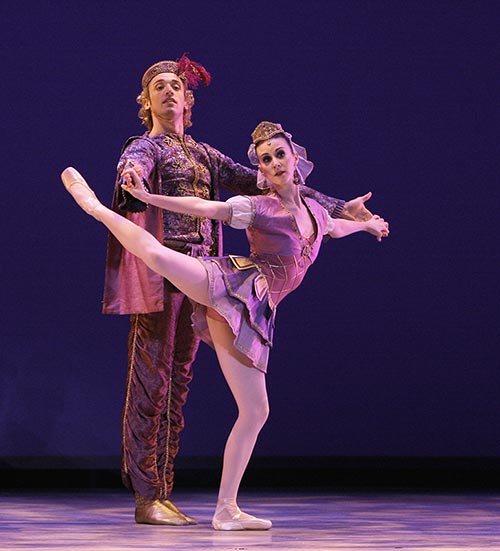
Looking back, what do you think was the greatest achievement for your company during its first decade?
Ten years is a short life for a company in the world of ballet. We are a small company and it’s incredible that in that short time we have been compared to major ballet companies and been able to hold our own with them despite not having a major company’s resources. So that’s a great achievement. The economy hasn’t always been good, yet we’ve been able to avoid diminishing anything we’ve done. I’d consider that another incredible achievement. And just to continue… Time goes by very quickly though…






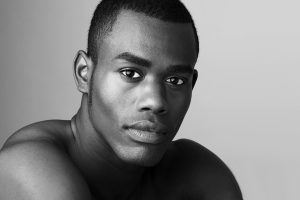
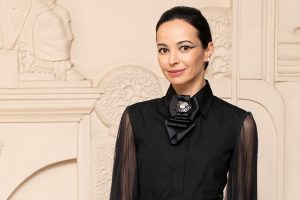

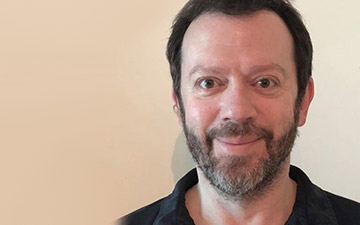
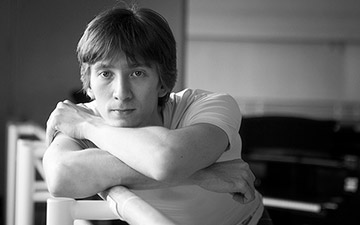
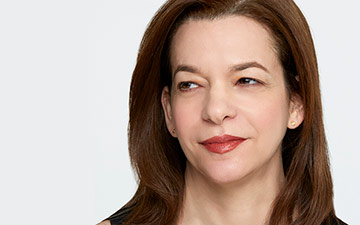
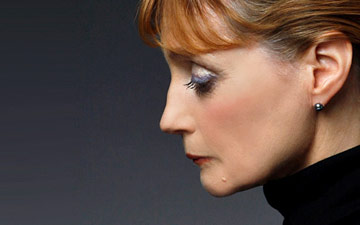

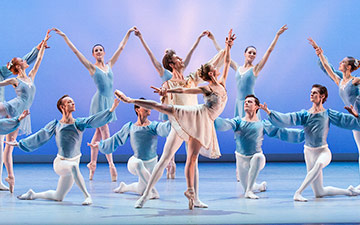

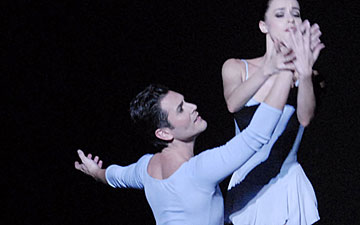
Wonderful interview.
Thank you for this wonderful interview.